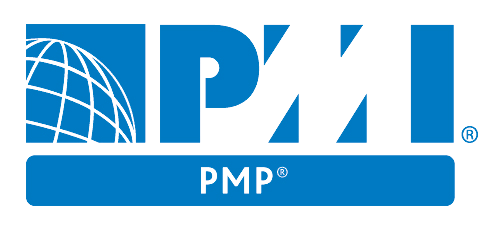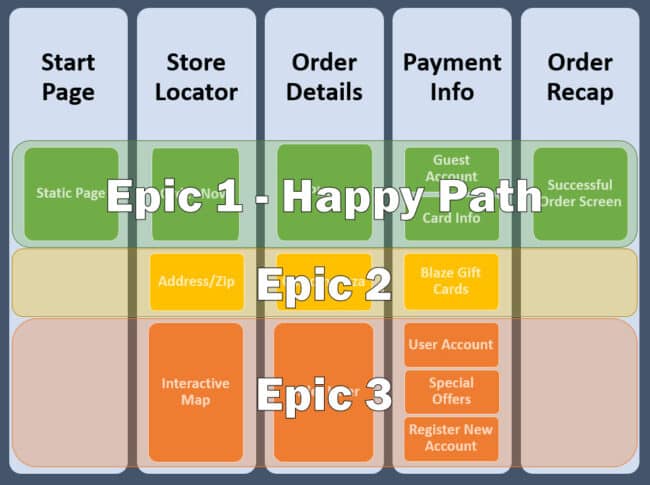When a client brings us a design project, we prioritize conducting research and communicating with all the stakeholders involved before beginning work. All projects should have a project manager who follows through on these foundational steps to ensure that stakeholders are in sync with the mission and vision of the project. Designing an application or website with misalignments or uncertainties about goals or requirements is like trying to solve a puzzle with missing pieces and can lead to disastrous outcomes.
4 Consequences of Stakeholder Misalignment About Project Goals
1. Dissatisfaction With the Final Results
At a fundamental level, business leaders all want the same thing, right? That does not mean they all have the same vision about how to accomplish that basic goal, however, and that’s a good thing. Though they may overlap somewhat, a sales leader’s priorities differ from a customer engagement leader’s. If the end product aligns more heavily with the sales leader’s expectations, it’s likely the customer engagement leader will feel disappointed and unhappy with the results. Starting from a place of alignment and continuously realigning throughout the project will help to ensure that the needs of all stakeholders are met.
2. Disengaged Stakeholders and Users
Without active participation and input from stakeholders and end users, you are essentially working in the dark. This can lead to frustration due to a lack of clarity and direction. Regular updates, communication, and training as the project unfolds will keep all parties engaged and help to ensure the project is successful and the team adopts new processes.
3. Tense Work Environment
Without a clear understanding of the project’s objectives, misunderstandings and conflicts are likely to arise. This can create a tense working environment and hinder collaboration, making it challenging to achieve the desired outcomes.
4. Failed Projects or Projects With Low Adoption Rates
Projects that begin without addressing foundational issues often result in a need to pivot midway through, reworking components to address oversights. This extends the project timeline and can increase the cost of a project significantly.
Misalignment Connection Between Misalignment and Communication
More often than not, misalignment is also associated with inefficient communication among the team members or across departments in larger organizations. When stakeholders and users are left out of the loop, it can lead to misunderstandings, duplication of efforts, and wasted resources.
In larger organizations, where multiple departments are involved in a project, misalignment can be even more pronounced. Each department may have its own priorities, objectives, and ways of working, leading to conflicting agendas and a lack of coordination. Delays, missed deadlines, and a loss of trust can occur as a consequence of this.
A requirements list is an important component, but it doesn’t mean you have alignment. Remember to take a step back and focus on aligning project goals and the problem statement first. Once you have discussed with the various parties involved, you will be able to determine whether a lack of alignment exists among executives, departments, or individuals. With this understanding, you can then determine the best course of action to address the problem.
5 Ways to Fix Project Misalignment
Resolving miscommunication issues, conflicts, and disengagement is the responsibility of the product/project owner or decision maker. Some steps they can take to align the team and encourage engagement are:
1. Run a Meeting With All the Parties Involved
Getting everyone in the same room is a great starting point to realigning your team. Begin by communicating your understanding of the project, goals, requirements, and timeline. Give each participant an opportunity to provide feedback and share ideas. End by agreeing on when the next touchpoint will be to ensure alignment continues to improve.
2. Conduct a Strategic Alignment Workshop
A strategic alignment workshop, is a guided working session with all parties involved in the project. The workshop leader will communicate areas where misalignments are causing problems and initiate constructive conversation and team building exercises. Through this process, team members will begin to understand one another’s perspectives and priorities and, hopefully, how and where their priorities intersect. After the workshop, the workshop leader will provide a list of clear and actionable tasks to keep the team moving in the right direction.
3. Regular Email Updates
Sending email updates on regular basis will help keep your team informed and engaged without taking up valuable time with meetings. Decide on a cadence, so everyone knows when the emails will be arriving in their inbox.
4. Celebrate Project Milestones and Achievements
Celebrating project milestones and achievements can help keep your team energized and excited about the next step in the project plan. This can also be a time to review things that are working well and areas for improvement as you move to the next phase.
5. Utilize Iterative Delivery
Iterative delivery is a process that involves breaking the project into phases. As each phase is completed, you conduct testing, gather feedback, and determine if any changes are needed before moving on to the next phase of the project. Building the opportunity for stakeholders and users to provide feedback on components so you can pivot early and often has proven to improve project success rates.
Communication Is Key to Alignment and Project Success
If the stakeholders are not in agreement, there’s a high chance your project will either fail or not be as successful as you’d hoped. As a project manager, it is crucial for you to take responsibility and address any issues you observe early on. Effective communication is essential for the success of any project, so it is important to maintain regular and efficient communication from the beginning to the end.





